Tuning in with the past: Monk music will ring out for the first time since the Dissolution after medieval manuscript is rediscovered
Buckland Abbey once thronged with monks who sang for hours every day. Now, some of their newly rediscovered medieval music will ring out once more.
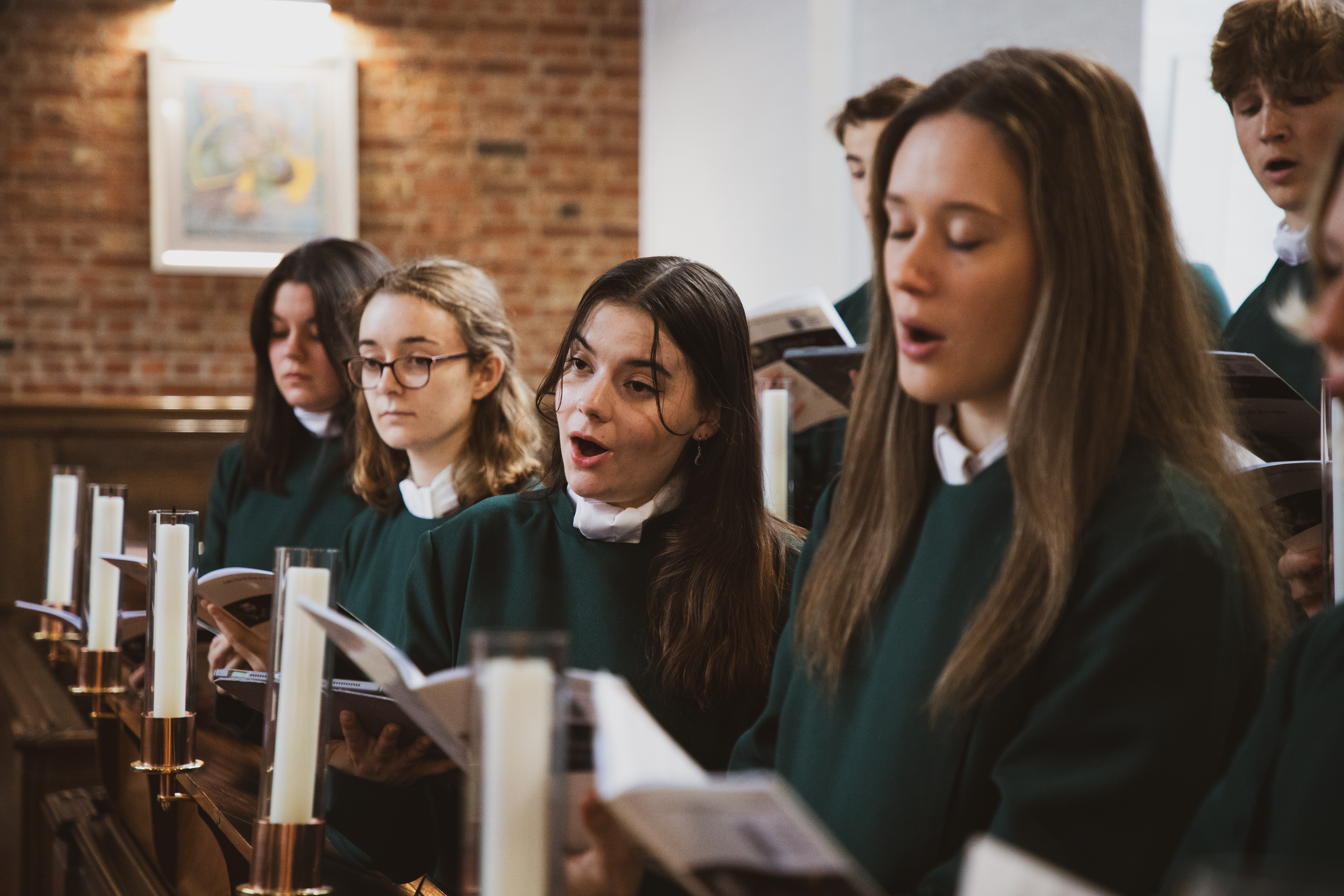

Newly rediscovered music sung by medieval monks will echo mournfully through Buckland Abbey for the first time in five centuries.
The Cistercian abbey in Devon’s Tavy Valley, which once thronged with resident ‘white monks’ (named for their undyed habits) and choirboys who sang for hours every day, in between farming and woodwork, has been silent since the Dissolution.
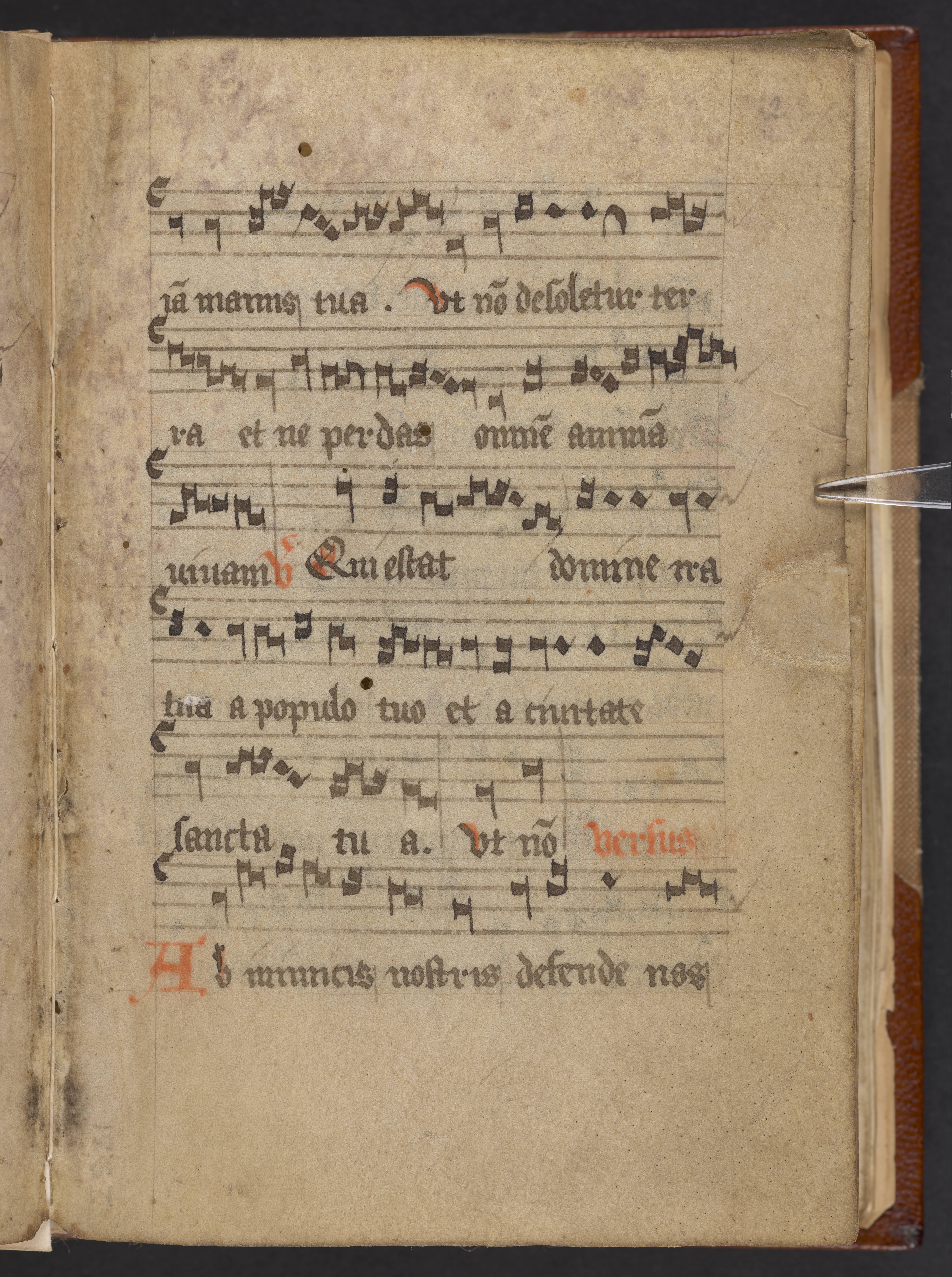
A page from a rare collection of medieval music within the Buckland Book — now part of the British Library Collection.
However, thanks to a collaboration between the National Trust and the University of Exeter, supported by the Arts & Humanities Research Council, some original music will return, as the British Library loans its Buckland Book for an exhibition.
The manuscript dates to about 1450 and contains details of the monks’ daily rituals, as well as, unusually, a collection of medieval music that was copied during the Tudor era, spotted by University of Exeter historian James Clark. Barely any music performed by medieval monks survives because of the Reformation.

The Abbey began life as a Cistercian monastery; three centuries later, the monastery was dissolved during Henry VIII’s Reformation, and the building was then developed into an impressive 16th-century Tudor mansion, becoming home to Sir Francis Drake — Elizabethan Hero, Sea Captain, Privateer and Slave Trader.
‘Whoever compiled this collection seems to have been unusually creative, pulling together words and music from many different sources,’ explains National Trust research officer and music historian Daisy Gibbs. ‘The pieces found in the book ask for God’s mercy, forgiveness and protection from harm. They share a real feeling of anxiety and fear. It looks as if they were once sung as a complete sequence, perhaps to help the monks through a crisis.’ It is possible that the plainchant was written as a response to the ‘sweating sickness’ common at the time, often resulting in death within 24 hours; Thomas Cromwell lost his wife and two daughters to it.
A recording of the music, sung by the university’s Chapel Choir, forms a haunting soundtrack to the new exhibition ‘Opening the Buckland Book: Music and community in a Tudor monastery’, which opened two weeks ago (until October 31) and the choir will perform live in the Abbey’s medieval Great Barn on August 16 and 17.

The Chapel at Buckland Abbey. When the monks weren't praying or singing, the monks worked as ploughmen, dairymen, shepherds, carpenters and masons.
‘Having searched the archives for traces of England’s lost abbeys, it is very exciting to recover something of their sound. Before the Tudor Reformation, in every part of England and Wales, there were places like this dedicated to creative music-making and performance,’ comments Prof Clark. ‘Through this research we can now learn much more about this tradition and what it meant not only for the musicians but also for the surrounding communities.’
Exquisite houses, the beauty of Nature, and how to get the most from your life, straight to your inbox.
‘There’s still work to be done to find out what happened to the Buckland Book between the closure of the abbey and when it was acquired by the Harley family in the 1720s, before being sold to the British Museum in 1753,’ adds Gibbs. ‘Perhaps one of the monks took the book with him and it remained quietly on a shelf after the hoped-for reversal of the Dissolution didn’t come’.
Annunciata is director of contemporary art gallery TIN MAN ART and an award-winning journalist specialising in art, culture and property. Previously, she was Country Life’s News & Property Editor. Before that, she worked at The Sunday Times Travel Magazine, researched for a historical biographer and co-founded a literary, art and music festival in Oxfordshire. Lancashire-born, she lives in Hampshire with a husband, two daughters and a mischievous pug.
-
 Sweet civilisation: What do you get when you ask architects to compete in a gingerbread competition?
Sweet civilisation: What do you get when you ask architects to compete in a gingerbread competition?The Gingerbread City is back in London’s Kings Cross. Lotte Brundle pays it a visit.
-
 Sophia Money-Coutts: A snob's guide to meeting your in-laws for the first time
Sophia Money-Coutts: A snob's guide to meeting your in-laws for the first timeThere's little more daunting than meeting your (future) in-laws for the first time. Here's how to make the right kind of impression.
-
 Sweet civilisation: What do you get when you ask architects to compete in a gingerbread competition?
Sweet civilisation: What do you get when you ask architects to compete in a gingerbread competition?The Gingerbread City is back in London’s Kings Cross. Lotte Brundle pays it a visit.
-
 Sophia Money-Coutts: A snob's guide to meeting your in-laws for the first time
Sophia Money-Coutts: A snob's guide to meeting your in-laws for the first timeThere's little more daunting than meeting your (future) in-laws for the first time. Here's how to make the right kind of impression.
-
 Farmers of Britain, go forth and grow prawns
Farmers of Britain, go forth and grow prawnsA new study has proposed that farmers could start growing king prawns to diversify income streams.
-
 This machine is what happens when the Rolls-Royce of motorbikes and the most innovative of watchmakers join forces
This machine is what happens when the Rolls-Royce of motorbikes and the most innovative of watchmakers join forcesBrough Superior and Richard Mille, two brands renowned for perfection, have created something that is exactly that.
-
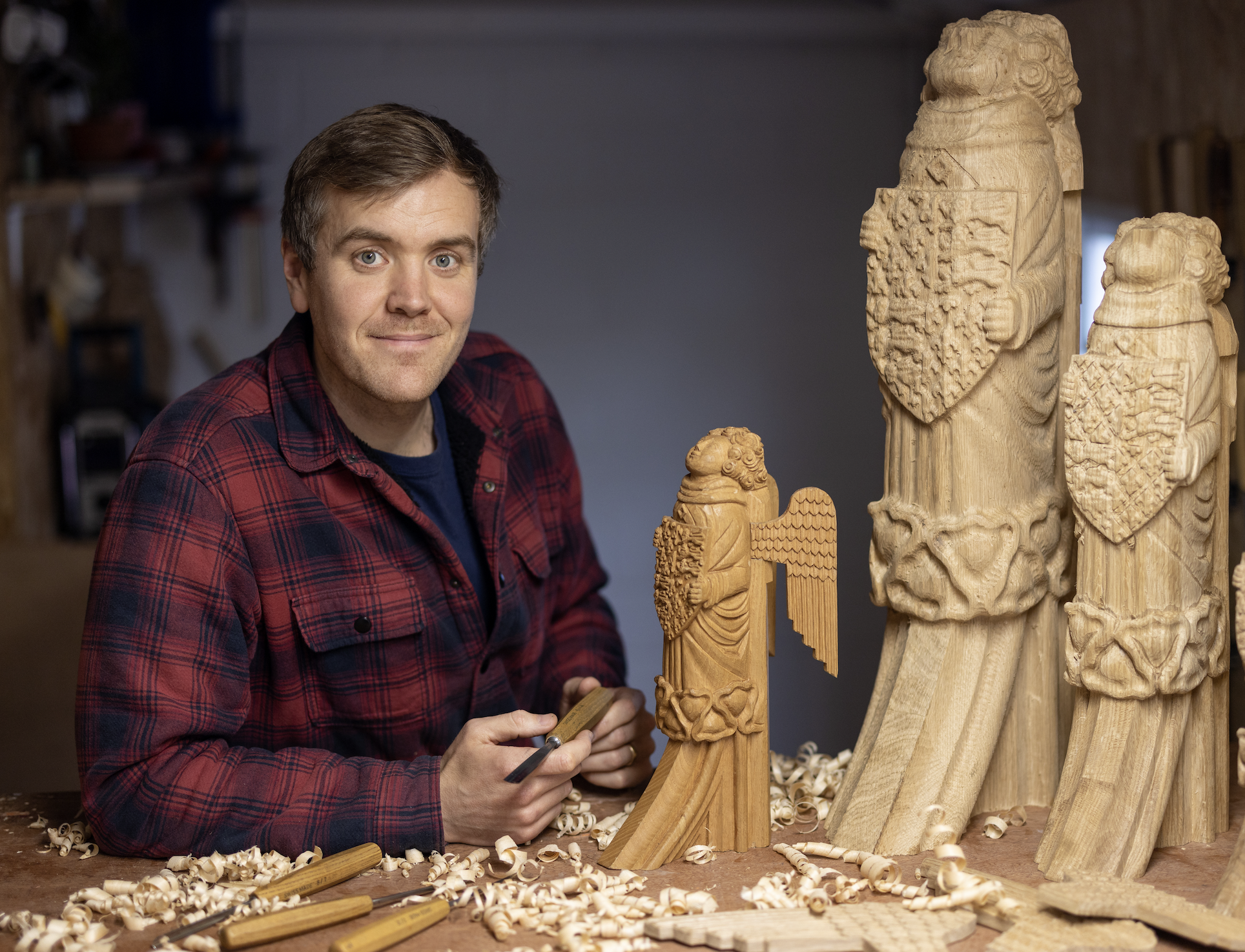 ‘Each one is different depending on what mood I’m in, how I'm feeling and how my energy is’ — meet the carver behind Westminster Hall's angel statues
‘Each one is different depending on what mood I’m in, how I'm feeling and how my energy is’ — meet the carver behind Westminster Hall's angel statuesBespoke woodcarver William Barsley makes unique scale replicas of the angels that gaze over Westminster Hall, the oldest part of the palace of Westminster.
-
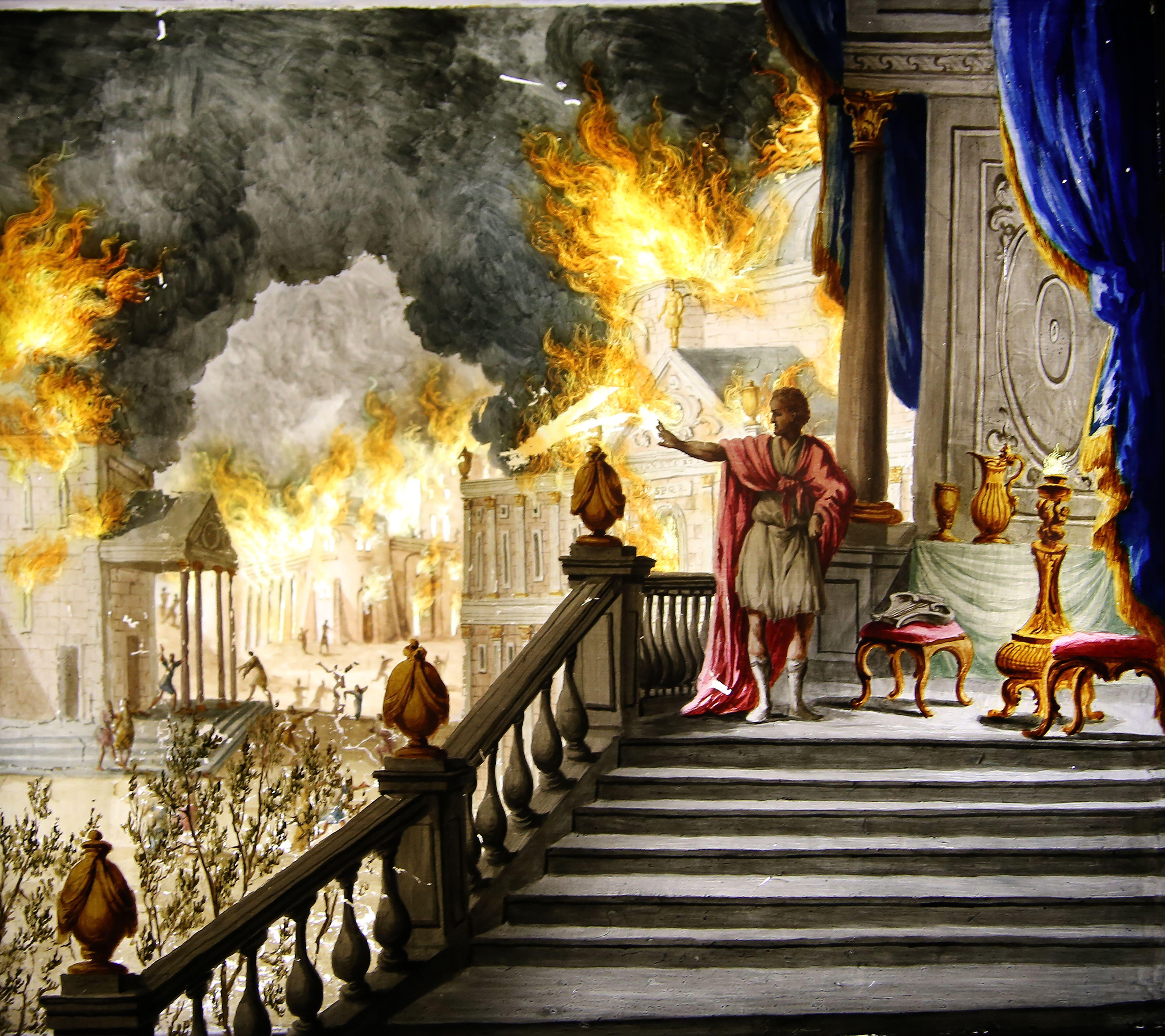 What is everyone talking about this week: Thanks to modern-day technology, people were far happier in the days when Nero was setting Rome ablaze
What is everyone talking about this week: Thanks to modern-day technology, people were far happier in the days when Nero was setting Rome ablazeWas the ancient world's superior happiness down to its ‘superior production of art’?
-
 A slick looking off-roader that's a far cry from its rustic rural roots — Volvo EX30 Cross Country
A slick looking off-roader that's a far cry from its rustic rural roots — Volvo EX30 Cross CountryThe latest iteration of Volvo's Cross Country is flashy, fast and stylish. But is that what a Volvo Cross Country is supposed to be?
-
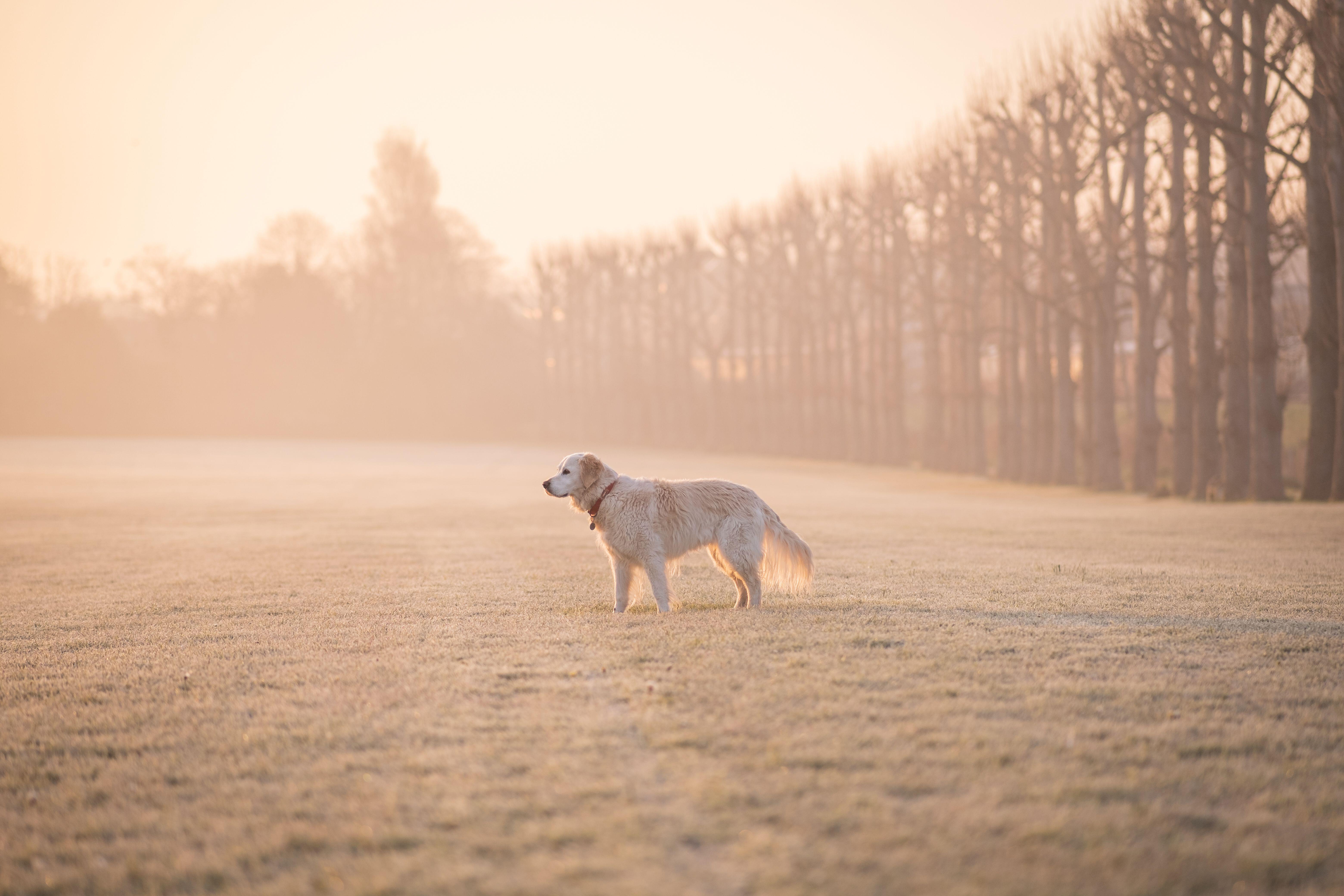 The golden retriever: The world’s most likeable dog almost didn’t exist at all
The golden retriever: The world’s most likeable dog almost didn’t exist at allThey’ve been popping up everywhere this week — on the Tube, at Christmas parties and in the news — so it feels like the perfect moment to talk about the dog breed we’re lucky to have.
